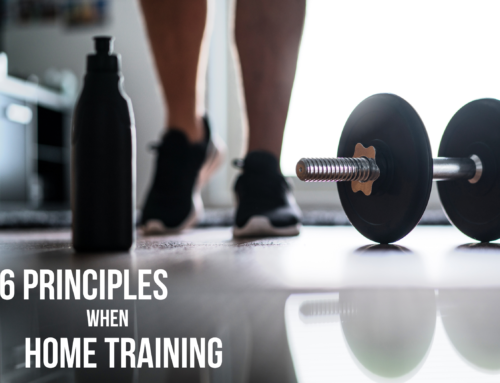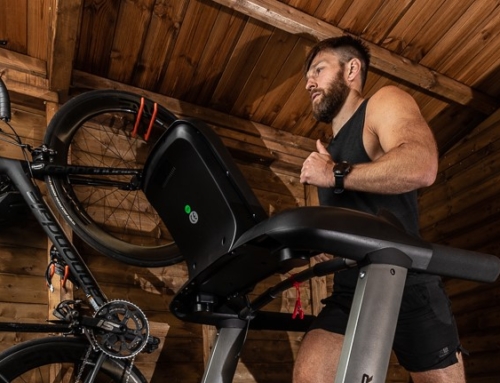When it comes to taking your fitness to the next level, information is knowledge and knowledge is power.
First up, let’s talk about HRV.
HRV stands for Heart Rate variability and it is simply a measure of the variation in time between each heartbeat. This variation is controlled by a primitive part of the nervous system called the autonomic nervous system (ANS). The ANS regulates our heart rate, blood pressure, breathing and digestion. The ANS is split into two parts Parasympathetic, relaxation response and Sympathetic nervous system fight or flight response.
Now, your body responds to stimuli in very much the same way. For example, if you had a run in with your boss, the response, stress, or anger which is your sympathetic system will be similar if you are excited because you have hit a PB in your 5K. It’s the same.
However, if you have persistent instigators like hard training sessions, lack of training, bad night sleep, dysfunctional relationships it will send your fight or flight response into overdrive.
So I check my HRV regularly, every 2-3 days to make sure my body is nice a relaxed. If you can keep the balance, it will reduce your risk of burn out, injury and lack of motivation.
After a run, there are three data fields I like to look at:
1 – Heart Rate
This is because every workout for me has an intensity zone. Every training session I do needs a physiological response. Whether that’s a low zone 2 training session where I am training my endurance ability or a high Z4 where I am pushing my lactate system. After my training session I look at the average HR and get instant feedback for my effort and I can make adjustments for when that training session comes round again.
2 – Cadence
Research has shown that for more energy efficient running a high running cadence is paramount. Even on a Z2 run your cadence should be high. Contact time with the floor is less with a high cadence and therefore reduces the chance of injury. Shoot for 170 – 190 SPM.
3 – Average Pace
I look at pace because I want to see if my average pace is increasing while keeping my HR lower. For example, if I take a 10k to run: If in week one, my average pace is 5 min/km and AV HR is 160, but in 8 weeks my average pace is 4.45 min/km and my AV HR is 160, then that shows a positive training effect.
There’s so much data from smart watches, and every one tells you something different. It’s normal to feel a bit overwhelmed and unsure of what to follow. It’s all about finding what data is interesting to you and your goals.
If you need help analysing and utilising your fitness watch data to get the most out of your training, get in touch and let’s have a chat.




